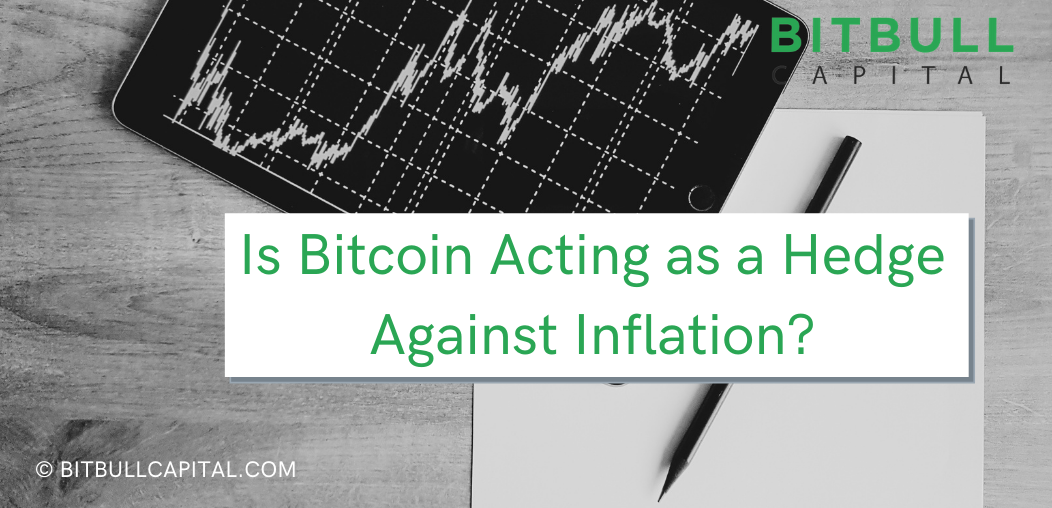Bitcoin’s limited supply is one of its major attractions for long-term holders seeking alternative investment opportunities in a rapidly changing global economy. As opposed to fiat, which can be printed indefinitely, there can only ever be 21 million BTC, and basic market principles dictate that growing demand coupled with a fixed supply results in price appreciation.
Such supply and demand debates took center stage after the COVID pandemic hastened the demise of numerous existing businesses and practices and supported the creation of new models and opportunities.
Disruption at this scale brings with it some inevitable uncertainties, and investors proactively attempt to counter various risks, even those that may not be clearly foreseeable at the time.
Hedging against inflation is one such attempt, and as a result, we saw risk assets – such as stocks and crypto – put up record-breaking performances since COVID started spreading.
Further proof of the market treating BTC as an inflation hedge lies in the correlation between Bitcoin price and U.S. monetary policy movements. For example, every time the FED took a dovish stance, we saw stocks and Bitcoin prices rise. Similarly, with each hawkish message, the same risk assets dropped.
The chart below shows these relationships, especially as we consider how the price of BTC, gold and the dollar index react to the FOMC’s latest release on June 16, 2021, that sent out a hawkish message.
It is clear from the price movements that BTC and gold (one of the most common inflation hedges) are responding similarly to the possibility of economic policy contraction in the future. As the US dollar shows strength, gold and BTC show weakness and vice versa.
However, what this analysis shows us is that the market considers BTC a hedge against inflation. It does not tell us whether BTC is a good hedge against inflation or not. But this question is answered by Bitcoin’s returns over the years. In fact, BTC out performed everything in the last decade, and was widely called the best investment of the decade, turning $1 into $90,000.

